NexMeter: the smart gas meter offering innovation, safety and sustainability
Focus
Focus
Category Facet
Custom Facet
Search Results
-
Web Content Article · written-by ELENA FARRE on-date Jan 18, 2024 3:06 PM
We are certified Top Employer for the 15th year in a row, ranking among the top three Italian companies, standing out for employment policies. Awarded by the Dutch Top Employers Institute, a global...
-
Web Content Article · written-by LUCIA ALGISI on-date Jan 18, 2024 12:19 PM
2024-01-18 The company reaffirms, once again in 2024, its position among the best performers in human resources management, thanks to substantial investments in welfare, training, and skill...
Comunicati stampa: Hera Spa Other press releases -
Web Content Article · written-by LUCIA ALGISI on-date Jan 11, 2024 5:07 PM
SI Tweets by Hera Group NO No Sinistra
-
Web Content Article · written-by LUCIA ALGISI on-date Jan 9, 2024 10:29 AM
2024-01-02 A further confirmation of the importance of Hera’s achievements in terms of gender equality and inclusion The Group has obtained the “Gender equality certification” for its 11 largest...
Comunicati stampa: Hera Spa Other press releases -
Web Content Article · written-by LUCIA ALGISI on-date Dec 19, 2023 6:54 PM
The meeting of the BoD to approve the Business Plan 2023-2027 will be held on January 24, 2024. The BoD will meet in Hera’s headquarters located in Viale Berti Pichat 2/4 in Bologna. A press...
Tipologia Evento: Price sensitive -
Web Content Article · written-by LUCIA ALGISI on-date Nov 29, 2023 2:30 PM
Early warning system with innovative FingerPrint technology to ensure safe water
Categoria Progetto: Water Project Innovation -
Web Content Article · written-by LUCIA ALGISI on-date Nov 29, 2023 12:21 PM
The pilot project involving the installation of Kamstrup meters was carried out in Conselice, near Ravenna, and yielded excellent results. The tests now continue in Modena, covering a larger area
Categoria Progetto: Water Project Innovation -
Web Content Article · written-by LUCIA ALGISI on-date Dec 5, 2023 4:50 PM
490 https://www.youtube.com/watch?v=DIYNOk5NRGQ 870
Tipologia Web Channel: Highlights -
Web Content Article · written-by LUCIA ALGISI on-date Nov 29, 2023 2:35 PM
Discover the project for “removing and capturing” microcontaminants with recycled materials
Categoria Progetto: Water Project Innovation -
Web Content Article · written-by LUCIA ALGISI on-date Nov 29, 2023 12:05 PM
Hera continues experimentation of the innovative, fast and low-cost contactless system that uses space technology to detect water leaks in the network more quickly and productively
cosmicrays Categoria Progetto: Water Project Innovation -
Web Content Article · written-by LUCIA ALGISI on-date Dec 12, 2023 3:59 PM
2023-12-12 With this agreement, Modena will become a European capital of renewable hydrogen. The goal is to contribute to Emilia-Romagna’s carbon neutrality in an area with a strong entrepreneurial...
Comunicati stampa: Hera Spa Other press releases -
Web Content Article · written-by LUCIA ALGISI on-date Dec 13, 2023 9:45 AM
490 https://www.youtube.com/watch?v=RHSPlzQOGQc 870
Tipologia Web Channel: Highlights -
Web Content Article · written-by THOMAS CECCONI on-date Dec 11, 2023 9:57 AM
for the fourth year in a row, we were included in the Dow Jones Sustainability Index, in both the global and European indices. The composition of the DJSI, the authoritative international stock...
-
Web Content Article · written-by LUCIA ALGISI on-date Dec 8, 2023 8:01 PM
2023-12-09 Group confirmed as one of the world’s sustainability leaders in both the Dow Jones Sustainability World Index and the Dow Jones Sustainability Europe Index, once again recognizing Hera’s...
Comunicati stampa: Hera Spa Other press releases -
Web Content Article · written-by LUCIA ALGISI on-date Dec 4, 2023 10:23 AM
null null null null null null null null null null null null null null null null null null null null null null null null null null null null null null null null null null null null null null null...
-
Web Content Article · written-by LUCIA ALGISI on-date Dec 4, 2023 10:08 AM
Concrete actions for the protection of a common resource Implementation of strategic infrastructure works Wastewater reuse Water management Leak reduction Stakeholder engagement <b>The preservation...
-
Web Content Article · written-by LUCIA ALGISI on-date Dec 4, 2023 9:54 AM
How the integrated water service works Infografica Desktop acqua Infografica che spiega come funziona il servizio idrico integrato Infografica Mobile acqua
-
Web Content Article · written-by LUCIA ALGISI on-date Dec 4, 2023 11:33 AM
2023-12-04 (drafted pursuant to article 85-bis, paragraph 4-bis, of Consob Regulation 11971 / 14 May 1999) Communication of the overall amount of voting rights Bologna, 4 December 2023 - The...
Comunicati stampa: Shareholders’ meeting Hera Spa -
Web Content Article · written-by LUCIA ALGISI on-date Nov 29, 2023 2:59 PM
Sinistra Immagine bolla Middle Card 1 - Cosmic rays The search for water leaks is now more efficient, thanks to cosmic rays We continue to experiment with <b>a technology that allows us to control...
-
Web Content Article · written-by LUCIA ALGISI on-date Nov 29, 2023 3:10 PM
Destra Immagine bolla Middle Card 4 - Removing and capturing “Removing and capturing”: we supply drinking water through the use of recycled materials The project involves the use of <b>recycled...
Asset Publisher
The NexMeter Green project aims to take a further step towards the future by offering a product that is not only safe and innovative but also sustainable
The existing NexMeter meter will be transformed into a more eco-friendly (green) meter, by replacing over 68% of the internal and external plastic components with others derived from recycled and recyclable materials.
The plastic materials currently used in packaging will be eliminated and/or replaced with 100% recycled materials, such as plastic caps that are more likely to be dispersed in the environment. A further feature also makes the use of the meter green: the manual will be dematerialised and made accessible via a QR code.
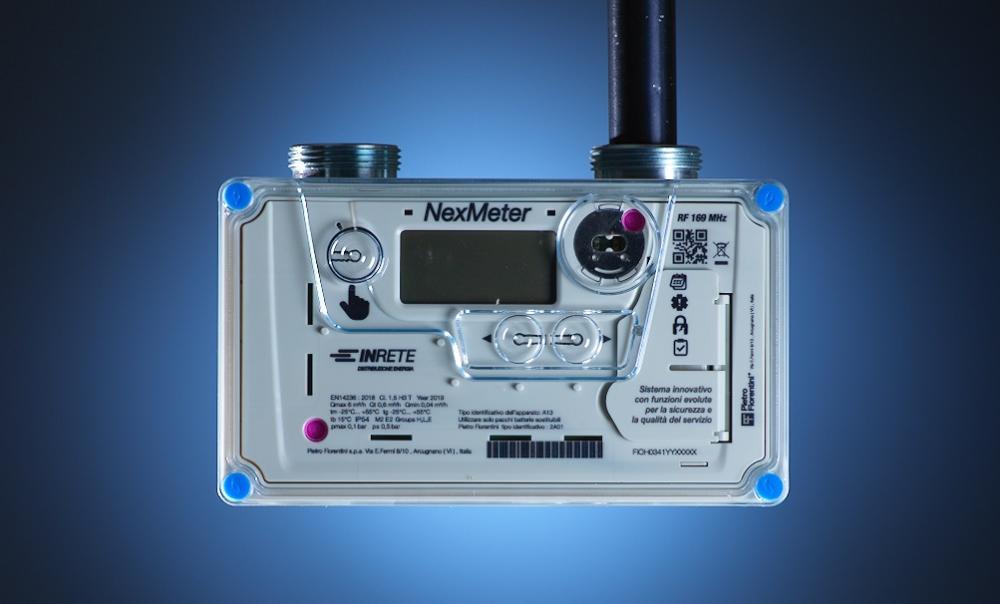
Nexmeter Green was developed in collaboration between InRete, Aliplast and the Pietro Fiorentini company. It represents a further evolution of the current version.
Created in 2019 NexMeter was the Hera Group’s first 4.0 meter, designed to be increasingly mindful of safety and consumption issues.
Its name derives from the union of the words “Next” (which means not only “near”, but also “future”) and “Meter”
(the device itself). The "smart" meter is the result of the Hera Group’s know-how in the management of gas distribution and their continuous investments in innovation, research and development.
The Hera Group has chosen the most qualified companies as partners, both nationally and internationally: Panasonic, a Japanese multinational world leader in the manufacture of electronic products and components, and Pietro Fiorentini, a leading Italian company in the production of products and services for the entire natural gas supply chain.
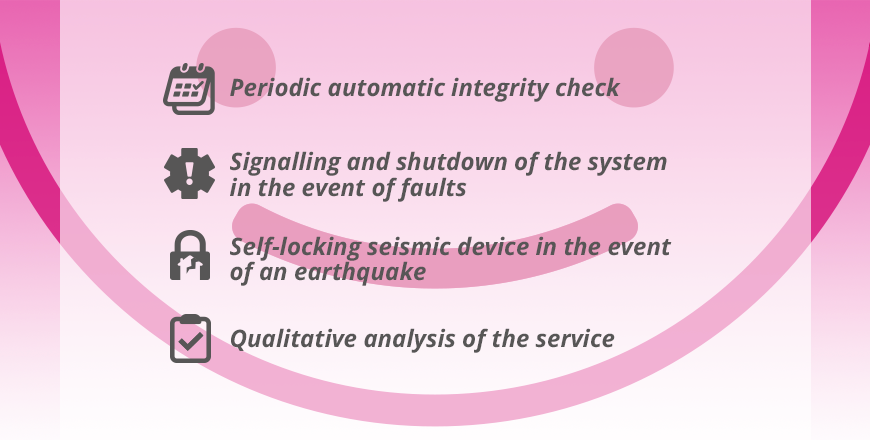
NexMeter is more than just a meter: it is a "minià-computer" equipped with advanced technology, based on algorithms, sensors and ultrasound to offer users absolute precision and greater reliability. Using a state-of-the-art seismic mechanism, it is in fact able to intercept any earthquake shock in real time and suspend the gas supply activity, guaranteeing a qualitatively safer service in terms of preventing and reducing the risk of accidents.
These aspects bring certain benefits both for users, who are increasingly aware of their consumption, and for the distribution companies of the Hera Group, which thanks to NexMeter is able to manage the entire gas distribution network in a more advanced way. In addition to sending periodic reports regarding consumption figures, in the event of emergency, the new meter secures the system and immediately sends a report to the Group's Central Remote Control in Forlì, which monitors networks and systems throughout the territory served by the multiutility in real time. If the remote control has an address available to the user, it in turn sends them an alert signal that appears on the meter display.
NexMeter is also the environmentally friendly meter: in fact, by being able to detect both immediate and large gas leaks and micro-leaks, it contributes to reducing polluting emissions, with positive effects also on boiler efficiency. In addition to being compatible with all types of networks and systems, NexMeter is also ready for use with future ‘green’ gases.
Search Bar
Tag Facet
Search Results
Asset Publisher

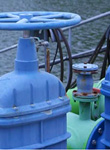
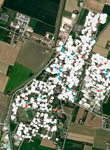
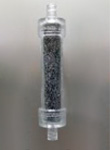
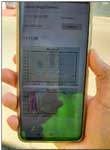
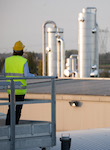
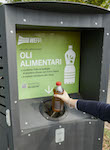

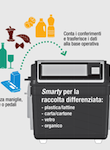


.jpg/468d051b-ba80-83a6-359d-7ef55eefd940)
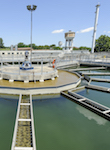
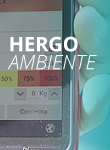
.jpeg/1d0e0770-1094-b22b-fce4-099f27c72978)